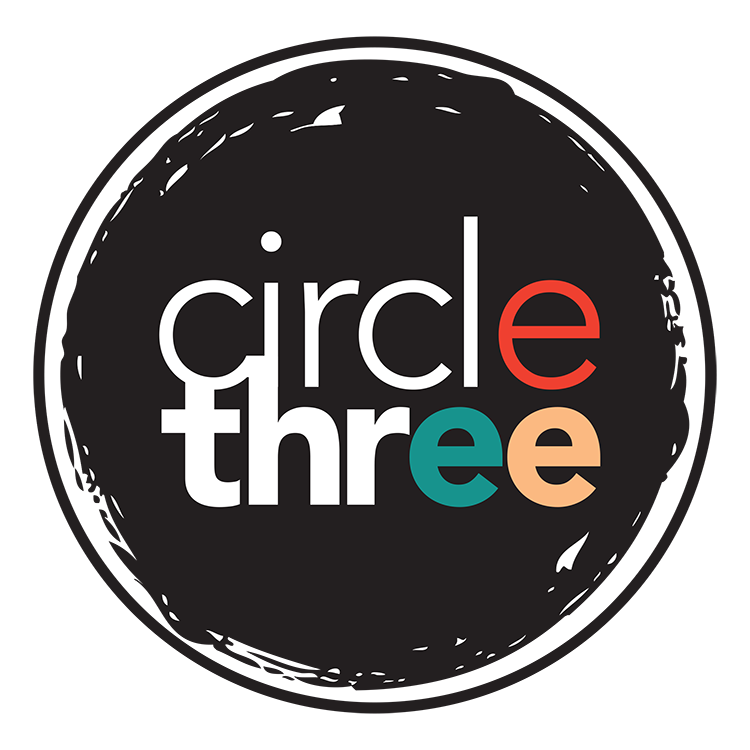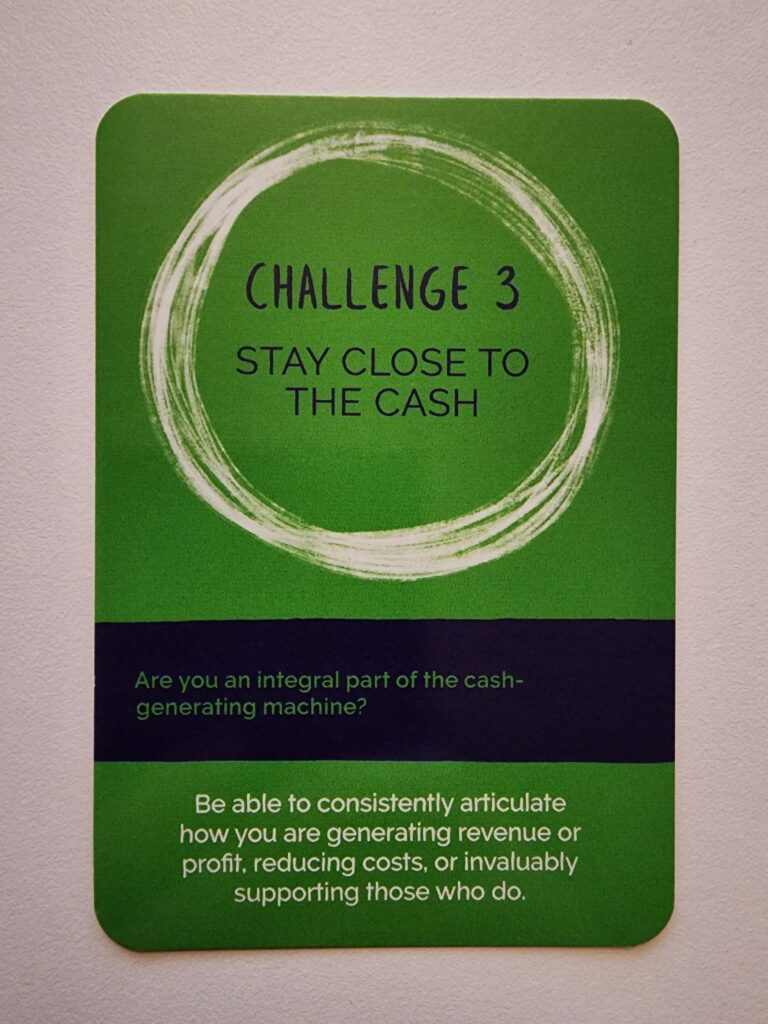In the dynamic landscape of modern business, the role of marketing transcends traditional notions of promotion and branding. Today, marketing serves as a strategic driver of cash flow and plays a pivotal role in ensuring sustainable business growth. To remain relevant and safeguard against budget cuts (and therefore career disruption), marketers must not only understand their contribution to revenue generation but also articulate how they reduce costs and support core business functions. In short, marketers need to stay close to the cash.
The Origin of Marketers as Leaders of Business Development
A note from Jessica Shrout, President of Circle Three Branding: If you know me, you know I have a pretty intense thirst for knowledge and I’m a collector: I collect facts and tidbits that will serve me later. This often comes in the form of books and tools that fill my library shelves. I was recently stuck in an airport between legs of a journey and found myself browsing the bookstore. That’s where I saw a deck of cards called “Marketing Mess to Brand Success,” by Scott Jeffrey Miller. Each card is meant to serve as a marketing challenge to change the way you think about marketing for your organization. I’ll be honest: I don’t love all of them, but some of them are worth conversation. So that’s what we’re going to do: talk about my favorite challenges. Over the next few months, I’ll post those favorites and we’ll explore what it means for waste, recycling, and sustainability organizations.
Demonstrating Value in Marketing
Let’s delve into how marketing can continuously demonstrate its value beyond the realm of conventional activities. Most of these tie directly into cash flow, so you’ll be in a good position if you focus on the following:
- Revenue Generation: Marketing fuels revenue growth through various channels and strategies.
- Lead Generation: Effective marketing campaigns generate qualified leads, nurturing them through the sales funnel and converting them into paying customers.
- Customer Acquisition: By understanding consumer behavior and preferences, marketing identifies new market segments and devises strategies to attract and acquire customers.
- Product/Service Innovation: Market research and customer feedback guide product/service development, ensuring offerings resonate with target audiences and command premium prices.
- Pricing Strategy: Marketing collaborates with sales and finance teams to develop pricing models that maximize profitability while remaining competitive in the market.
- Cross-Selling and Upselling: Through targeted messaging and personalized recommendations, marketing encourages existing customers to explore additional products/services or upgrade their current purchases.
- Cost Reduction: Marketing doesn’t just spend; it strategically saves.
- Efficient Resource Allocation: Data-driven marketing analytics optimize budget allocation, ensuring resources are allocated to the most effective channels and campaigns.
- Marketing Automation: Automation tools streamline repetitive tasks, reducing operational costs and freeing up resources for strategic initiatives.
- Lean Marketing Practices: By continuously evaluating and refining strategies, marketing minimizes wasteful spending and maximizes return on investment (ROI).
- Collaborative Partnerships: Aligning with vendors and agencies that offer cost-effective solutions enables marketing to achieve its objectives within budget constraints.
- Supporting Core Business Functions: Marketing serves as a catalyst for organizational success.
- Brand Reputation Management: Building and maintaining a strong brand reputation enhances customer trust and loyalty, driving repeat business and referrals.
- Customer Relationship Management: Marketing fosters meaningful interactions with customers, addressing their needs and concerns to enhance satisfaction and retention.
- Employee Engagement: Internal marketing initiatives promote a shared vision and values, fostering a culture of innovation, collaboration, and customer-centricity.
- Stakeholder Communication: Transparent and effective communication with investors, partners, and other stakeholders enhances trust and confidence in the organization’s brand and performance.
Marketers, Market Thyselves
To continuously demonstrate value and safeguard against budget cuts, marketers must adopt a proactive and strategic approach. To put it simply, don’t wait until your position is at risk to talk about all the amazing things you’re doing for your organization’s cash flow. You may have heard of “managing up,” so I call this “marketing up.” We get consumed with protecting the brand but we also need to be protecting our position withing the company and making sure the decisionmakers understand the value you bring to the organization.
You can market up by:
- Aligning Marketing Metrics with Business Objectives: Measure and communicate marketing performance in terms of tangible outcomes such as revenue growth, customer acquisition cost (CAC), customer lifetime value (CLV), and return on marketing investment (ROMI).
- Focusing on Long-Term Value: Emphasize the impact of marketing initiatives on long-term brand equity, customer loyalty, and market share, rather than short-term metrics or vanity metrics.
- Embracing Data and Analytics: Leverage advanced analytics and attribution models to track the effectiveness of marketing efforts across the customer journey, identifying opportunities for optimization and improvement.
- Fostering Cross-Functional Collaboration: Break down silos and collaborate closely with sales, finance, operations, and other departments to align strategies and goals, ensuring a cohesive and integrated approach to business growth.
- Staying Agile and Adaptive: Remain agile and responsive to market dynamics, consumer trends, and emerging technologies, adjusting strategies and tactics as needed to seize opportunities and mitigate risks.
Wrapping Up
The era of marketers being confined to creating aesthetically pleasing designs is long gone. In the waste management industry, marketers are indispensable contributors to business direction, growth, and sales – or cash flow. By strategically aligning with business objectives, leveraging data for decision-making, driving lead generation, positioning the brand for revenue impact, fostering collaboration, focusing on customer-centric marketing, implementing clear metrics, and embracing adaptability, marketers can directly impact revenue generation and play a pivotal role in the holistic success of commercial waste haulers, municipalities, and sustainability organizations.
We’ll cover more Marketing Mess topics, cognitive biases, and logical fallacies in upcoming blog posts, so be sure to stay tuned. If you’re interested in see how Circle Three Branding applies these to your marketing strategy, contact us.

